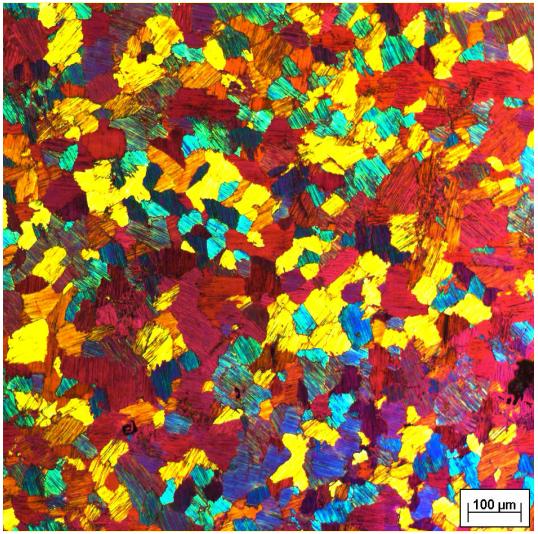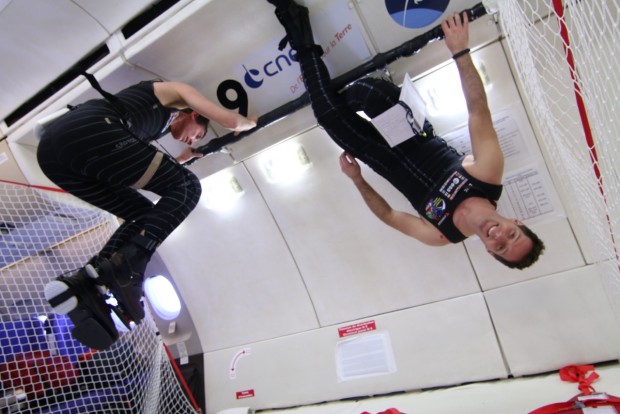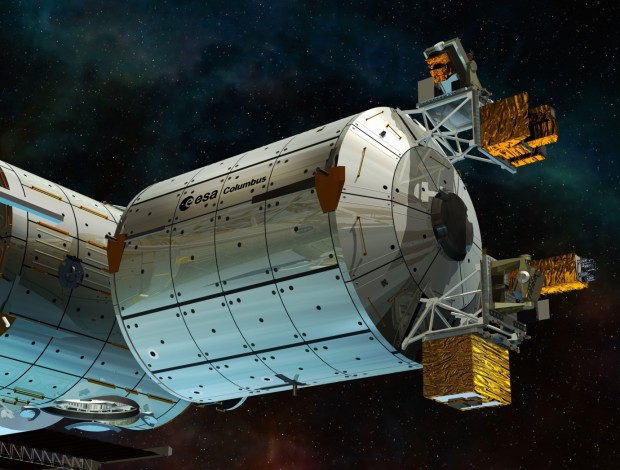This week the OU released the first of four new videos funded by the UK Space Agency, called 60 Second Adventures in Microgravity, which you can see here:
We’re really proud of these videos, which nicely manage the balancing act of explaining a complex subject in simple terms, without dumbing down or patronising the viewer (that’s what I think anyway – let us know your thoughts in comments below!)
The first instalment addresses the question:
What is Microgravity? David Mitchell summarises the concept better than I could, so I’ll not repeat this. But you may now be asking, ‘OK, so I know what it is, but what’s it for?
Research in microgravity can, quite simply, be used for almost any branch of science. Because gravity influences everything we see around us on Earth, when you take it away (or, counteract its effects) you see things in a different light. I’ve picked a few of my favourite examples here, and there will be more to come in following weeks as each video comes out:
- Making new metals
Scientists use microgravity to observe how metals behave when suspended in one place with no need for a container to hold them. This means they do not have to account for the metal reacting with the container holding it, meaning much more accurate data for designing new alloys. Previous pan-European projects, using drop towers and the international space station, have led to new materials for lightweight turbine blades, and fuel cell catalysts with dramatically improved efficiency.

- Improving health
The human body has evolved on a planet with a constant level of gravity. What happens when you take that gravity away can reveal some of the fundamental mechanisms underpinning our biology, leading to new medical insights. One of many examples is a recent project by researchers at Kings College London, who have pioneered a new suit to counteract one of the dangerous effects of weightlessness on astronauts – spine elongation. But whilst this was developed with astronauts in mind, the technology could have much wider use on the ground – for example counteracting bone and muscle loss associated with ageing or being confined to bed for long periods (e.g. due to chronic illness or injury).

- Making sense of Einstein
The European Space Agency’s Atomic Clock Ensemble in Space (ACES) mission will test Einstein’s general relativity and alternative theories of gravitation, measuring time as accurately as possible in space, and comparing this with clocks on the ground (including at the National Physical Laboratory in Teddington). This may sound like an esoteric pursuit, but the applications are countless – for example, developing new systems of precise timing for financial transactions and improving satellite based navigation systems, which rely on high accuracy time measurement.

2 comments
Comment by Kristianna276 posted on
I understand the technological/industrial applications of microgravity, but humans were not meant to be in a constant state of free fall. Human anatomy evolved in the presence of gravity, and our very nature has a need for such. I don't belittle the need for micro-gravity, but in limited duration and placed In an area that there is control of microgravity; lessening the duration of time that astronauts spend in microgravity. The more we inculcate gravity into the framework of ship design, the longer humans can adapt to the environment of extraterrestrial life amongst the stars. We talk about being in space for a duration of one or two years, what about being in space for ten, twenty or thirty years? What about those who may choose to live in space permanently. We want to go to Alpha Centauri, but we have not been able to have people travel inside out own solar system. A colony of people could spend a life time traversing our home star system. Micro-gravity is a must, but gravity or bust.
Comment by Ruth Kelly posted on
I enjoyed the video, but it left me wondering. If gravity is a field, then freely falling within it doesn't change the field strength, it just diminishes its effects in certain ways - right? If I'm right, perhaps the video could explain that the name 'microgravity' is a bit misleading - it sounds like gravity itself has been somehow reduced. If I'm wrong, then I'm a bit stumped 😉